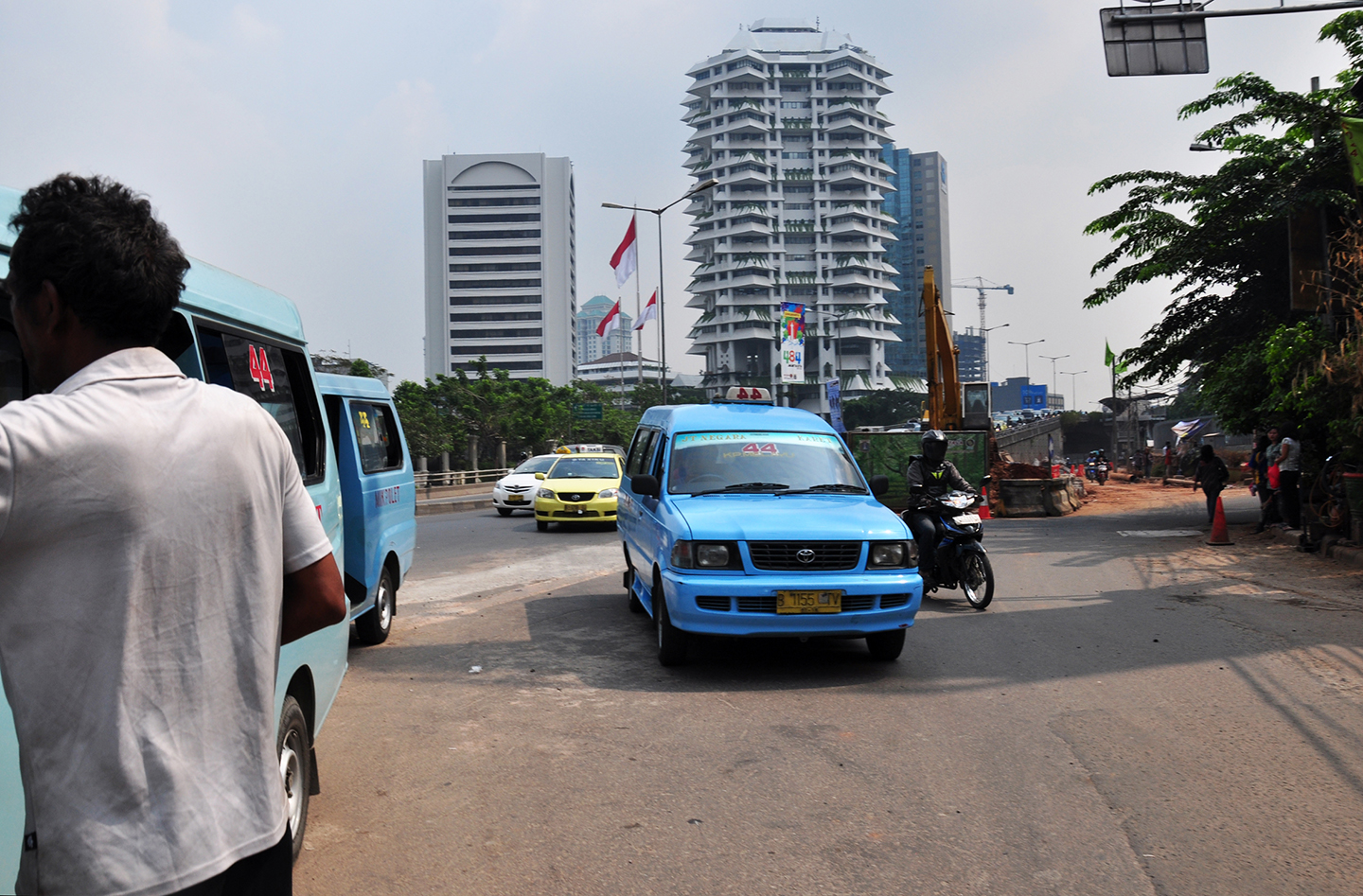Indonesia: How to Deal with Overloaded Cities?
With a population of 266 million, Indonesia is facing an unprecedented urban demographic situation. According to United Nations estimates, the current share of urban residents is estimated at 54% and is expected to grow to 68 % of the population by 2025. So far most Indonesian cities have not implemented proper spatial planning, leading to an uncoordinated pace of urban sprawl and inadequate infrastructure.
Therefore in June 2019, the Indonesian government was granted a USD49.6 million loan from the World Bank to finance a new National Urban Development Project, as reported in the Jakarta Globe. “Indonesia is vulnerable to the adverse impacts of climate change. This project makes the investments more efficient and reduces the vulnerability to climate-related hazards,” explained World Bank country director for Indonesia Rodrigo A. Chaves.
The country faces major environmental challenges, especially in Jakarta. The capital city is susceptible to flooding several times a year. Moreover, in order to access drinking water the inhabitants over-pump underground water which accelerates land subsidence by up to 25 cm per year. It is estimated that almost half of the city is already below sea level. Besides, according to an IQAir AirVisual Report shared by Greenpeace, Jakarta was the most air-polluted city in South Asia in 2018, with approximately 70% of air pollution resulting from traffic congestion.
Beyond its dramatic environmental consequences, congestion causes losses to GDP growth of about USD7 billion every year. Residents in Jakarta can spend up to six hours a day in traffic jams, making Jakarta one of the worst cities in which to live in terms of quality of life.
Because of the environmental and demographic context, the newly re-elected President Joko Widodo announced last spring his will to move the political capital city off Java island. Although a new capital city has not been chosen yet, Widodo already foresees a ten-year relocalization plan and has set a budget of USD33 billion to cover the transfer.
The possible naming of a new capital has been a recurring issue for decades and, as reported by The Guardian, local skepticism is high especially because of the particular timing: this announcement occurred just after the presidential election in which both finalists claimed victory. The proposal to relocate the capital city is a means for the outgoing president Joko Widodo to assert his influence and legitimacy.
Moreover, although no specific site has been named yet, the city of Palangkaraya in Kalimantan, the Indonesian part of the island of Borneo, has been repeatedly suggested. However, this city has for decades suffered from the negative consequences of the extractive industries of gold, coal, oil and gas and, more recently, palm oil cultivation. Hendro Sangkoyo, co-founder of the School of Democratic Economics, responded with incredulity to the choice of Palangkaraya, “It’s like moving Canberra into the centre of Australia, right into the desert. And there is no change in the spatial planning, there is no change in the doctrine,” he said. “It’s basically the same, and the worst kind of developmentalism”.
Edited by Jérémie Descamps
-
2019/07/23

-
Indonesia

-
Estelle Lapp


the other map
Explore arrow
arrow
loading map - please wait...




